Overview of 8 popular defects in parquet lacquering and methods for their elimination
Parquet lacquering requires accuracy and care. Still: the slightest mistake and on a freshly applied smooth surface various defects are formed. Most often they appear as a result of improper application of varnish, non-compliance with temperature or humidity conditions specified in the instructions. Thus, if you notice flaws on the varnish surface of the parquet, pause the work and eliminate the causes that led to the defect. And in order for you not to have to carry out a long analytical work, we will describe in detail the most common defects, their causes and solutions.
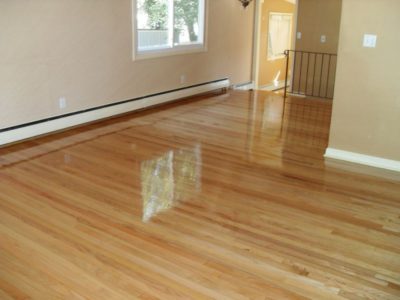
Defect # 1 - Film Roughness
Causes:
- dust on film or on the surface of the floor before varnishing
- insufficient intermediate polishing of the previous varnish coat
- too thick varnish
As a rule, the roughness is easily eliminated by grinding the problem area and reapplying the varnish to the entire surface. In this case, it is unacceptable that the work was carried out in a dusty room using a dirty tool.
Defect # 2 - sagging on the varnish surface
Causes:
- low temperature varnish
- high humidity combined with a cold floor surface
- the general humidity of the room tends to 80-90% (often happens in new buildings with dry walls)
Sagging occurs in a fresh layer of varnish when moisture accumulates in it from the air. In order to eliminate this defect, it is necessary to wipe the place of influx with a solvent, and then re-coat the parquet with varnish. However, so that there is no recurrence of the incident, it is necessary to warm the surface of the floor and the room as a whole before applying varnish to reduce the overall humidity.
To protect and protect it from the harmful effects of dirt and dust, it is necessary to create a protective coating. Parquet varnish will help protect the coating from pollution and preserve the wood texture. We will tell you how to choose the right varnish for parquet in the article:https://floor.expertexpro.com/en/pol-pokritiya/parket/kak-parket-lakom-pokryt.html.
Defect # 3 - Inadequate Gloss
Causes:
- low surface temperature
- high humidity wood
- non-observance of drying periods between successive varnishes
If the surface of the parquet after applying a glossy varnish was matte, then the best way to add shine to it is to re-varnish it. Subsequent application should be carried out only after drying of the previous layer (after 1.5-2 hours). A prerequisite is also warming up the parquet to increase its temperature and reduce the moisture content of the wood.
Defect # 4 - cracking of the varnish film
Causes:
- inelastic varnish
- high humidity parquet
- too thick varnish
- a large amount of hardener in a two-component varnish
Cracked lacquered surfaces must be completely sanded and parquet varnished again.
Parquet board is an amazing material that gives the interior an indescribable naturalness and attractiveness. If you properly care for the parquet, then it will delight you for a long time. About how to properly care for a parquet board, read the material:https://floor.expertexpro.com/en/pol-pokritiya/parket/pravila-uxoda-za-parketnoj-doskoj.html.
Defect # 5 - slow drying of varnish
Causes:
- the room temperature is too low (below + 10 ° C)
- low floor surface temperature
- the absence or small amount of hardener in a two-component varnish (the same effect is observed with poor mixing of the components)
- the hardener is not selected correctly (for example, a polyurethane hardener is added to the acid hardener instead of the acid hardener - the curing reaction will not be observed in this case)
- lack of ventilation and lack of fresh air
- natural wood oils do not allow varnish to dry (for example, alkyd and other varnishes containing artificial oil resins do not harden on wood olives, reeds, teak and some other exotic species)
- traces of old wax mastics (in case of restoration of a wooden floor), which interfere with the hardening of the varnish. This happens when using alkyd, urethane-alkyd, acidic and polyurethane anhydrous varnishes.
Most often, in order for the varnish to begin to dry faster, it is enough to increase the room temperature to + 20 ° C, warm the floor surface and increase ventilation. If the wrong hardener was chosen, then the non-hardening layer will have to be completely removed, and after that the varnish (mixed with the necessary hardener) should be applied to the parquet again.
Sometimes, in the case of using acid varnish, the situation can be corrected differently. To do this, an acid hardener is applied to the non-hardening surface with a brush. After that, if the hardening process resumes, the varnish layer will need to be polished and a new layer applied to it - the front one.
Defect # 6 - swelling of the varnish film
Causes:
- incompatibility of several varnish layers applied to each other (for example, water-dispersion varnish is applied to a layer of polyurethane varnish).
- mixing varnish with a cleaning agent that has been applied to the tool for work
- wrong diluent choice
- insufficient grinding of the previous varnish layer
If swelling is observed on a small area of the wood surface, then it is possible to carefully peel off the exfoliated varnish and apply a new layer, according to all the rules. If swelling is observed on most of the floor, then grinding will have to be carried out over the entire surface.
If the parquet has faded or the surface has been damaged, it is possible to restore such a coating that it will be cheaper than a complete replacement. You will learn about the best ways to restore parquet with your own hands on our website:https://floor.expertexpro.com/en/pol-pokritiya/parket/vosstanovlenie-parketa-svoimi-rukami.html.
Defect # 7 - bubbles under the varnish
Causes:
- thick coat of varnish
- wrong choice of varnish tool (roller or brush)
- low temperature varnish
- sun exposure of the freshly applied layer
Bubbles in the varnish layer form if the varnish hardens on the surface and remains viscous inside. The evaporating solvent cannot penetrate the hard shell, therefore it remains inside the lacquer layer in the form of multiple bubbles. This defect can be corrected in one way: polish the problem surface and re-apply the varnish.
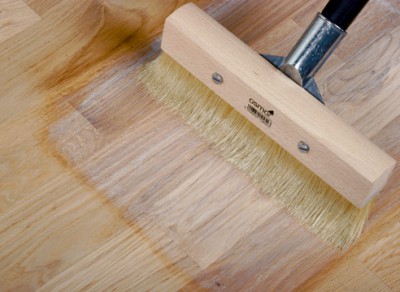
Defect # 8 - “Craters” on the varnish surface
Causes:
- draft
- Incorrect tool selection (especially for rollers)
- wrong diluent choice
- low temperature varnish
The varnish coat with "craters" must be completely sanded and a new face coat applied.
Thus, most defects on the lacquer surface are fairly easy to eliminate. However, in some cases, even numerous alterations and compliance with all the rules for paintwork do not change the situation for the better. Most often this is due to the quality of the varnish.If there is a suspicion that the reason is this, the work should be stopped and seek advice from the seller of questionable products.

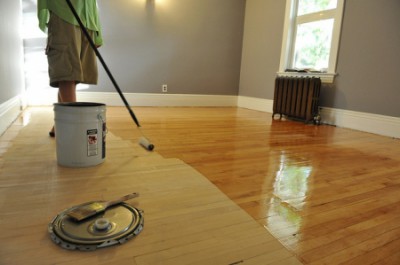
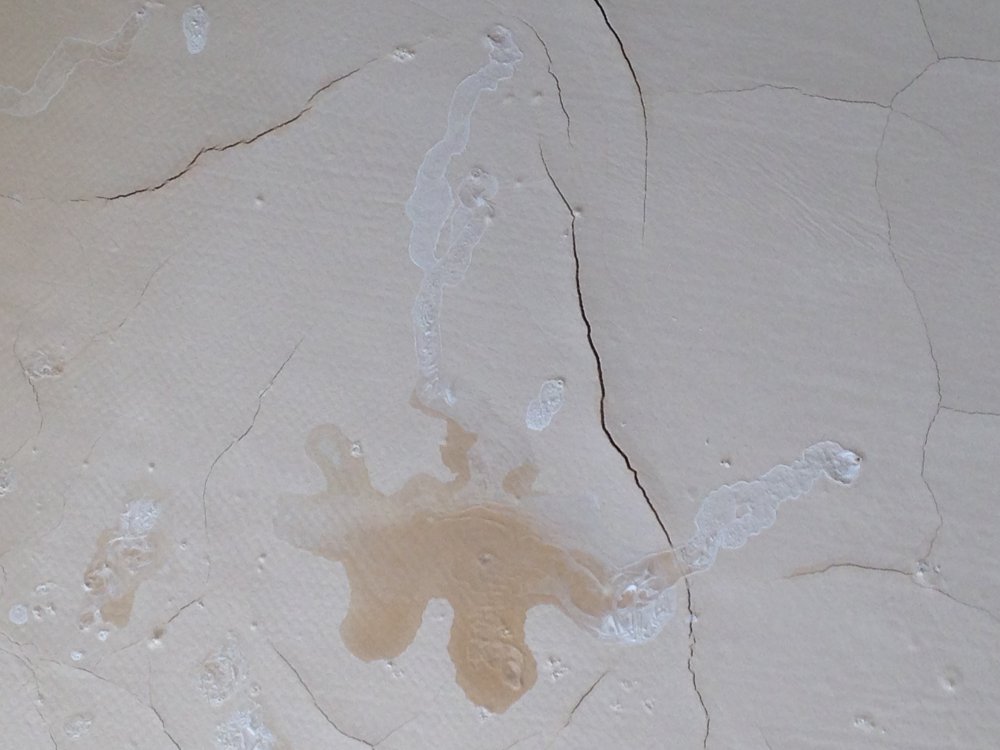
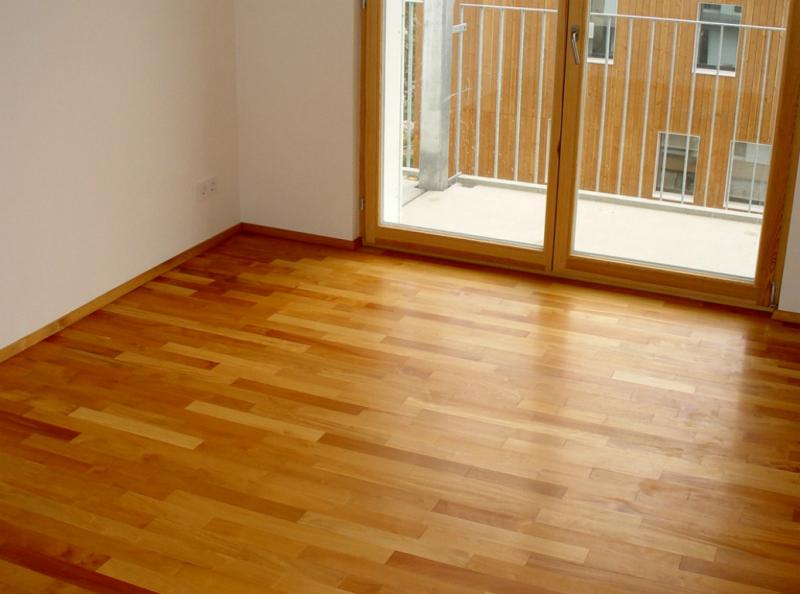
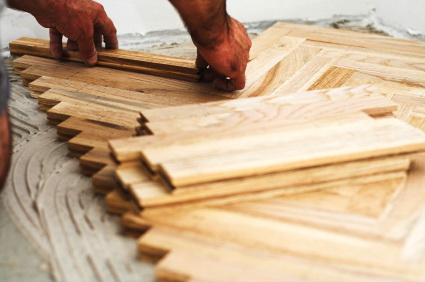
4 comments